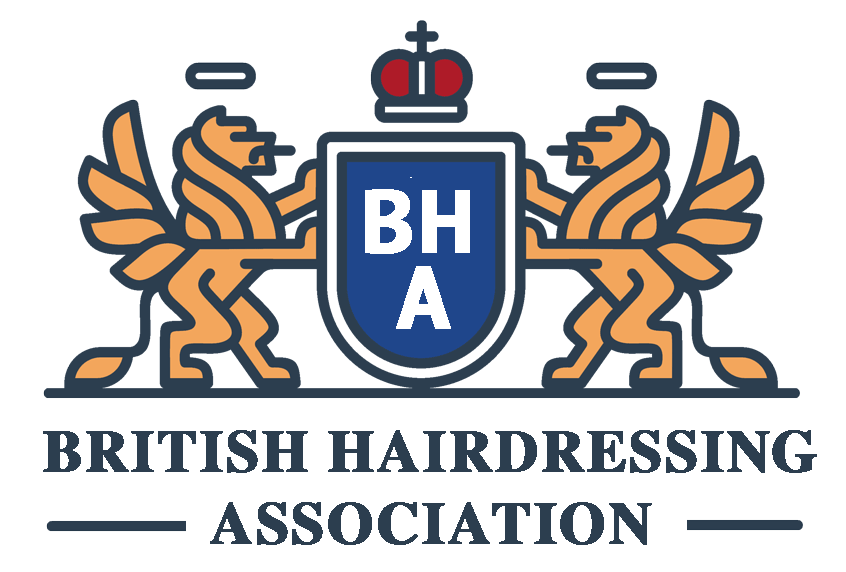Unlocking the Door to Your Hairdressing Career: UK Regional Licensing Requirements
<h2>Introduction to Hairdressing Careers in the UK</h2>
<p>Embarking on a hairdressing career in the UK promises creativity, job satisfaction, and the opportunity to transform clients' appearances. However, successfully unlocking the door to this exciting profession requires understanding various regional licensing requirements. This guide provides an in-depth look at the prerequisites needed to launch a hairdressing career across the UK, ensuring that aspiring hairdressers are well-equipped to meet local regulations.</p>
<h2>Understanding Regional Licensing Requirements</h2>
<p>Hairdressing in the UK is regulated differently across the four nations – England, Scotland, Wales, and Northern Ireland. The licensing requirements may vary, but generally, they all aim to maintain high standards of safety and professionalism in the industry. Here, we'll break down the key regional requirements to help you navigate your career path smoothly.</p>
<h3>Licensing Requirements in England</h3>
<p>In England, the licensing for hairdressers isn't as stringent as in other regions. However, local councils may impose specific regulations. Key steps include:</p>
<ul>
<li>Completing a recognized qualification in hairdressing, such as an NVQ Level 2 or 3.</li>
<li>Registering with the local council, if required in your area.</li>
<li>Obtaining liability insurance to protect against potential claims.</li>
<li>Complying with health and safety standards set by the Health and Safety Executive (HSE).</li>
</ul>
<h3>Licensing Requirements in Scotland</h3>
<p>Scottish hairdressers must adhere to more defined regulatory requirements. The primary steps include:</p>
<ul>
<li>Achieving a Scottish Vocational Qualification (SVQ) in hairdressing.</li>
<li>Registering with the Hair and Barber Council, although this is voluntary, it is highly recommended for credibility.</li>
<li>Securing public liability insurance.</li>
<li>Ensuring compliance with local council regulations regarding salon hygiene and safety.</li>
</ul>
<h3>Licensing Requirements in Wales</h3>
<p>Wales requires prospective hairdressers to meet particular standards, including:</p>
<ul>
<li>Obtaining a recognized qualification, such as a NVQ or equivalent.</li>
<li>Registering with the local authority, particularly if you plan to open a salon.</li>
<li>Acquiring relevant liability insurance coverage.</li>
<li>Following health and safety guidelines issued by the HSE.</li>
</ul>
<h3>Licensing Requirements in Northern Ireland</h3>
<p>Northern Ireland's hairdressing regulations involve several important steps:</p>
<ul>
<li>Gaining a recognized qualification in hairdressing.</li>
<li>Registering with Environmental Health if running your own salon.</li>
<li>Maintaining adequate public liability insurance.</li>
<li>Adhering to health, safety, and hygiene standards mandated by local authorities.</li>
</ul>
<h2>Importance of Professional Certification and Insurance</h2>
<p>Although not always legally mandatory, obtaining professional certification, such as registering with the Hair and Barber Council, enhances your credibility and marketability as a hairdresser. Furthermore, maintaining insurance, such as public liability and professional indemnity insurance, is crucial to protect yourself and your clients.</p>
<h2>Conclusion: Taking the First Step</h2>
<p>Understanding and complying with regional licensing requirements is vital for establishing a successful hairdressing career in the UK. By acquiring the necessary qualifications, adhering to local regulations, and securing proper insurance, you can confidently unlock the door to your hairdressing career and focus on developing your craft.</p>

